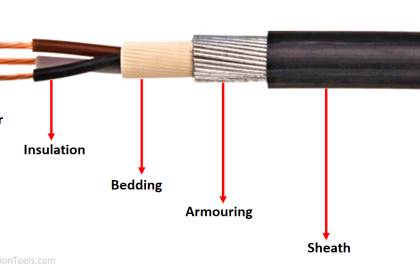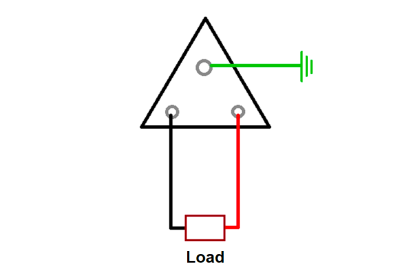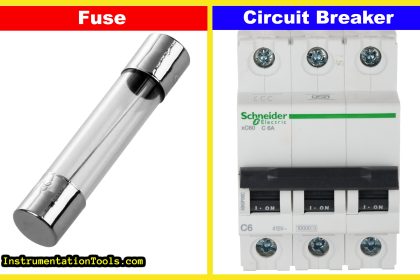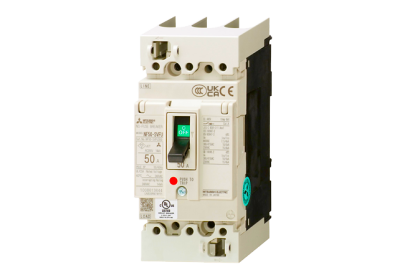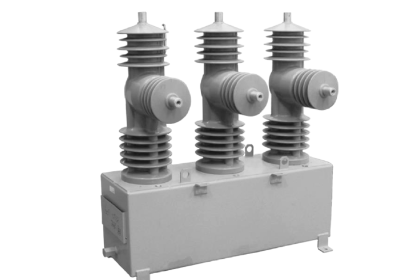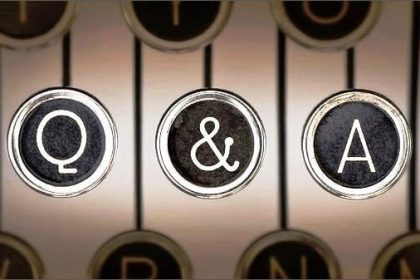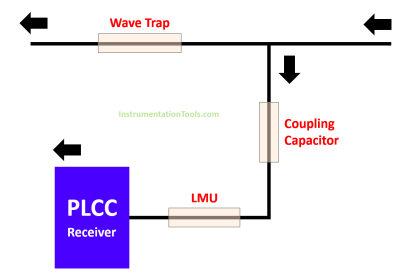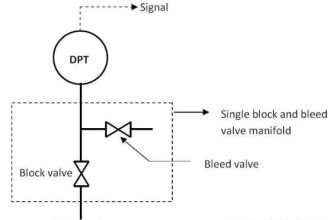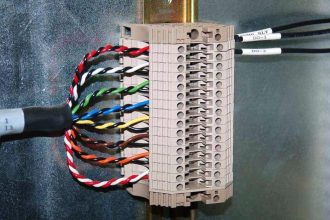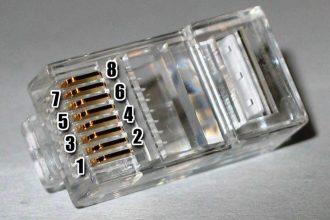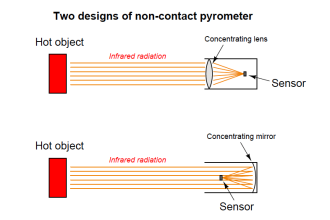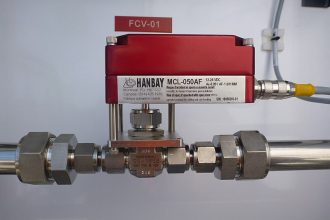There are various international bodies set in the world for managing engineering works and standards. One such body is the IEC standard. It is a very popular standard used to control engineering designs and activities. IEC is also applied in electrical engineering and one such part where it is critically important is short circuit. For short circuit safety, two standards have been developed by IEC 60909 and IEC 61363. Both have some differences in their working principles. In this post, we will see the difference between IEC 60909 and IEC 61363 for short circuits.
What is IEC 60909?
IEC 60909 is an international standard, related to electrical engineering, which deals with how to calculate short circuit currents and design the electrical circuit accordingly. It is used for industrial areas and power distribution networks and deals only in three-phase supply systems. So, whenever you want to design an electrical circuit keeping a short circuit in mind, then you need to refer to this standard for calculating the short circuit current and design your equipment ratings accordingly.
This would ensure that your design remains safe from any short circuit fault if it happens, and the circuit is not damaged. For this, it helps in choosing the correct ratings of breakers, fuses and relays, as you know the proper value of how much high short circuit current will occur in your network. It considers the following types of faults before choosing your design: line-to-line-short, single-line-to-ground short, and three-phase short. Due to this, all your aspects of short circuits are kept in consideration and designed accordingly.
For this, it considers various parameters like current voltage values, single line diagram, cable impedance, line impedance, power source impedance, fault location (means near which equipment), and generator, motor, or transformer characteristics. With this, usually, three types of short circuit currents are calculated – initial short circuit current, peak short circuit current, and steady-state short circuit current. Accordingly, your ratings of trip devices of circuit breakers, fuses and relays will be chosen.

What is IEC 61363?
It is the same as IEC 60909, but the only difference is that it is used for marine offshore applications like ships, oil rigs, and similar ones. The concept is the same, only the application is different. It has been designed keeping in mind that marine systems only use generators for power supply.
They have different levels of impedance, X/R ratios (ratio of reactance to resistance), and more use of DC power due to batteries. Fault current sources are also limited in the sea, as nothing much can be done as compared to land where many sources are possible. Due to this, much relaxation is offered in formulae used for calculation.
Difference between IEC 60909 and IEC 61363
- IEC 60909 is used for land applications, whereas IEC 61363 is used for sea applications.
- The main power sources in IEC 60909 are transformers, chain of busbars and utility or grid supply. Whereas, IEC 61363 powers from generators and alternators.
- IEC 60909 has many sources of fault current contribution due to land existence, as compared to IEC 61363 which has few sources due to sea existence.
- DC voltage values are usually not covered in IEC 60909 but are covered in IEC 61363.
- Voltage factor ‘’c” used in formulae in 60909 ranges from 1.1 to 1.5, whereas 61363 usually has 1.0 due to less voltage fluctuations.
- X/R ratio is high at 60909 as compared to 61363 (as it does not have long transmission lines).
- Ratings of protection devices are of larger values in 60909 than 61363, due to the large amount of short circuit current generated.
In this way, we saw the difference between IEC 60909 and IEC 61363.
Read Next:
- What are Switchgear Interlocks?
- What is an Automatic Circuit Recloser?
- What is the LBB Protection Relay?
- Difference Between AIS and GIS Panel
- High-Voltage Testing in Electrical Panels
